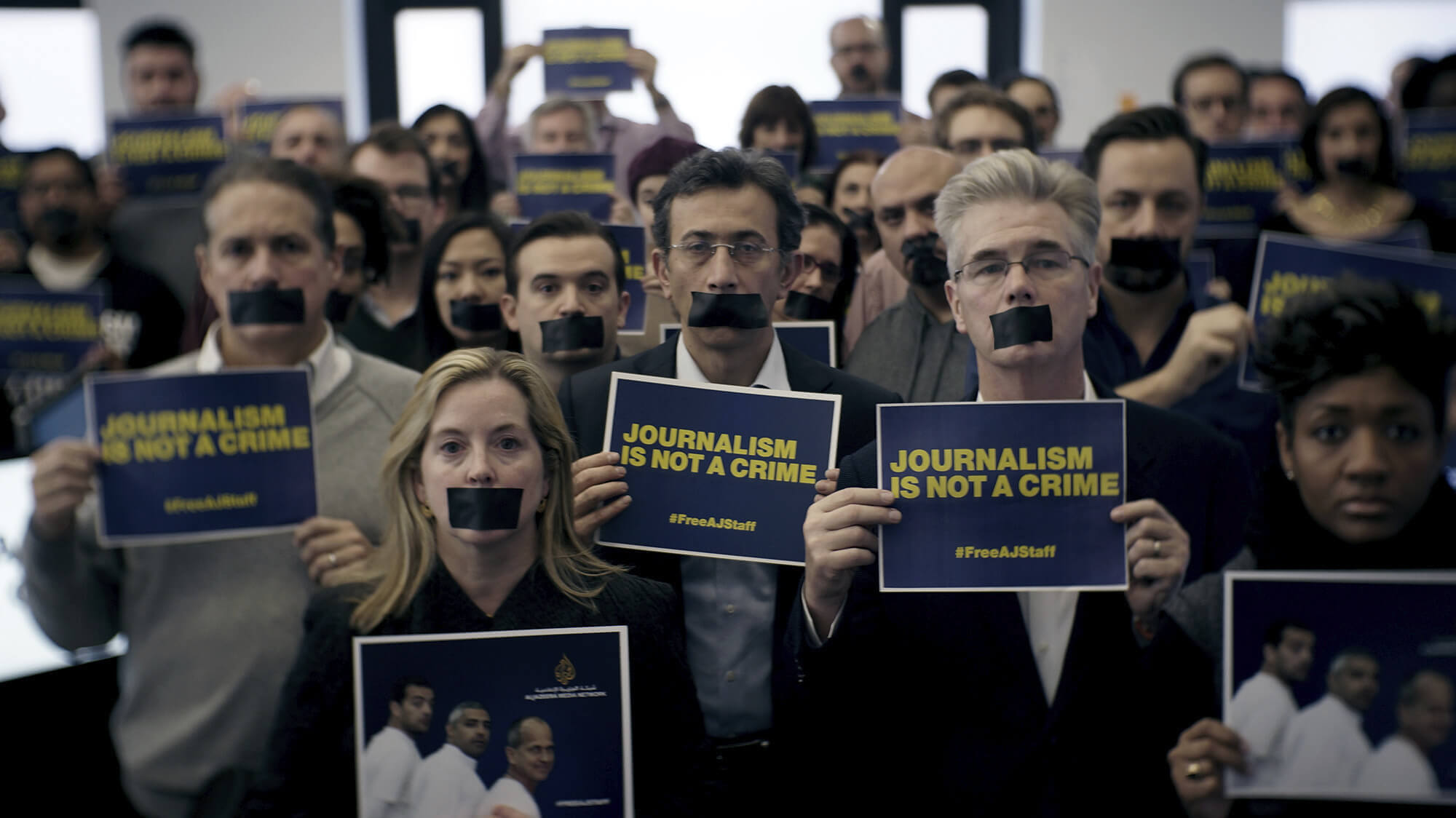Today, as the media finds itself embroiled in the process of resolving the mysterious murder of Jamal Khashoggi, a Saudi Arabian journalist and many such journalists across the world; the United Nations observes the fifth International Day to End Impunity for Crimes against Journalists on 2nd November 2018. This day is observed every year since 2013 to shed light on the crimes and effects of impunity in crimes, particularly against journalists. The data that 1010 journalists have been killed in the period from 2006-2017 and 80 journalists as of October 2018 (UNESCO, 2018), explains the magnitude of the crimes against journalists and emphasizes the need to address the issue of impunity in resolving cases and security of a media personnel in journalism as a profession at a global level.
According to the UNESCO’s DG Report, only 115 cases out of 1010 cases have been judicially resolved. The highest rate of resolution of cases of killings of journalists is in Western Europe and North America. In Central and Eastern Europe, the resolution rate is 43%. These are the two regions with the lowest impunity rate are also those in which the least number of killings have been recorded. This can be accorded to the fact that majority of the countries in these regions are developed democracies and there is a strict implementation of rule of law in all matters. It is in these regions that majority of the international media organizations and nonprofit organizations for the protection of journalists are headquartered such as the Committee to Protect Journalists (CPJ) in New York and Reporters Without Borders (RWB) in Paris and are working in consortium with the other strengthened institutions to make the authorities accountable. There are few countries such as Norway, Sweden, Germany, United Kingdom, United States, in the top rankings of press freedom index, where journalists are considerably free, can function independently and have the strength to make the government accountable.
On the other hand, in countries from the Middle East and the Asia Pacific region, the resolution rate is the lowest with 1.5% and 8% (UNESCO, 2018). These countries represent the lowest impunity rate and are those where most of the killings are reported i.e. 35% and 22% in the last decade, including the conflict-ridden areas of the Middle East. A number of factors play a role in undermining the press freedom in these countries such as the types of government, an absence of institutional democracy, lawlessness and failure to recognize ‘media’ as an established independent ‘institution’ and journalists as driving force of that institution. Here, media is rather recognized as a tool or a propaganda making-machine which can be used and moulded according to the interests of the government or rulers of the State.
To issue of sheer ignorance and impunity in crimes against journalists can be resolved considerably through a collective responsibility of the state, the local journalists’ community, the judiciary and the civil society. However, this, in turn, is a revolutionary change and will require a complete churning of the existing systems. In dictatorial countries, such a change still remains a utopian dream. It is predominantly in these regions that the concerted efforts of the UN’s Action Plan for protecting freedom of the press, a large number of campaigns by not for profit organizations like Committee to Protect Journalists and Reporters Without Borders and other international aid for journalists; fail to make any concrete impact. These are the regions where media can play a pivotal role in bringing international attention towards their local issues, so if no concrete impact of the UN majorly here, then where else?
To address the above-mentioned question, it becomes imperative to define those who work towards dissemination of information; that are particularly ‘journalists’, including freelance journalists and a legislation for the protection of journalists at the UN can ensure stringent international response towards crimes against journalists. A legislation for the protection of journalists can be presented as a prerequisite for availing United Nations aid for various purposes and other international memberships can ensure countries to become signatories for the legislation and implement it. Besides the UN Action Plan and the Director General Report which provide a choice to the member countries to provide information according to their will, the legislation can ensure provision for direct or indirect stringent actions against countries for impunity in crimes against journalists.
Crimes such as murders, abduction, orchestrated violence against journalists are the ultimate form of censorship and are in grave violation of the freedom of information of every individual, as enshrined in the UN Charter and the majority of constitutions across the globe. Lawlessness definitely persists in a majority of the countries, but, when countries become answerable to the international community with a strong presence at the local level too, the mounting pressure can force governments to speed up trials and address the issue of security of journalists, thereby decreasing the crime rates considerably. This is much evident in the murder case of Jamal Khashoggi, following which major business leaders pulled out of the Riyadh Conference 2018 and the Saudi Arabian crown prince Mohammed bin Salman is compelled to speak up and speed up investigation due to tremendous pressure, particularly from the United States. Such reactions, though driven by the political interests of the countries involved, surely help in exposing the premeditated efforts of governments to curb press freedom and ensuring immediate action.
References
UNESCO. (2018). 2018 DG Report on the Safety of Journalists and the Danger of Impunity. UNESCO.
Jim Mattis presses Saudi leader for full probe on Jamal Khashoggi’s death. (2018, October 28). The Indian Express. Retrieved from: https://indianexpress.com/article/world/jim-mattis-presses-saudi-leader-for-full-probe-on-jamal-khashoggis-death/
Image Credit: Al Jazeera

